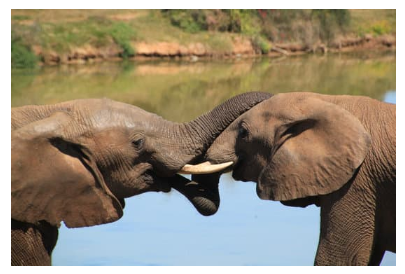Originating from Southern Africa, Biltong is a form of dried meat that was created during a time when there was a lack of refrigeration. Historically made from game meat, today Biltong is primarily made from beef. The meat is preserved in a mixture of salt, vinegar, and spices such as coriander, pepper, and cloves to enhance its flavor..
It is, however, an expensive product as it takes 200gms of meat to make 100gms of Biltong. According to a study by the University of Beira, coriander has the ability to kill 12 bacterial strains, reducing the growth of the remaining 2 strains.It is normally slow dried over a period of 4-5 days. Drying can be sped up by using a fan

but the quality seems to be better with the slow dried product.
The product is similar to Beef Jerky but up to now as far as I know it has not been mixed with sweeter products such as honey. It is normally plain and or mixed with chilli.

(Biltong bought in Europe (Switzerland) - Stokkies)
It is an excellent snack option for those following a ketogenic diet and can be easily purchased in supermarkets and butcher stores in Zimbabwe.

Sliced from the large pieces

Interesting for those with no interest to fight with the piece of meat in their mouths.
After purchasing, it is recommended to store Biltong in a paper bag to allow it to dry out completely and prevent mold growth. The snack can be enjoyed as is or added to stews, muffins, or bread. To avoid breaking teeth while eating, Biltong is available in both large pieces and small slices.
Biltong is an great snack which I would want to try if I was on holiday. Important is not to break your teeth while eating it. The product is easily attainable in supermarkets and butcher stores in ZImbabwe with some butchers specializing on making Biltong. Due to the salt content, once you start to eat it, it is quite difficult to stop eating. It is great with a beer at sunset watching some animals at a waterhole. The ultimate snacking exprience.

